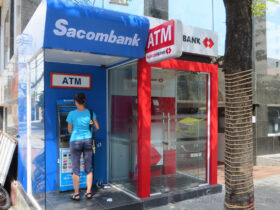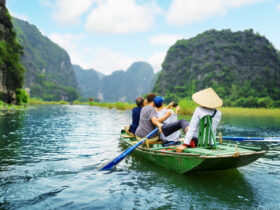Vietnam is a country full of contrasts, from its buzzing cities to its serene natural landscapes. Whether you’re wandering through ancient streets, cruising along rivers, or savoring a bowl of pho from a street vendor, there’s something magical around every corner. This Vietnam Travel Guide will help you uncover the must-see spots, hidden gems, and practical tips for an unforgettable trip. Let’s dive in and see what makes Vietnam so special.
Exploring Vietnam’s vibrant cities
Top attractions in Hanoi
Hanoi, Vietnam’s capital, is a lively mix of old and new. Start your journey in the Old Quarter, where narrow streets brim with traditional shops and street food vendors. Hoan Kiem Lake, with its serene views and the iconic Ngoc Son Temple, offers a peaceful escape amid the city’s hustle. Don’t miss the Temple of Literature, a historic site that pays homage to Confucian learning and Vietnam’s scholarly past.
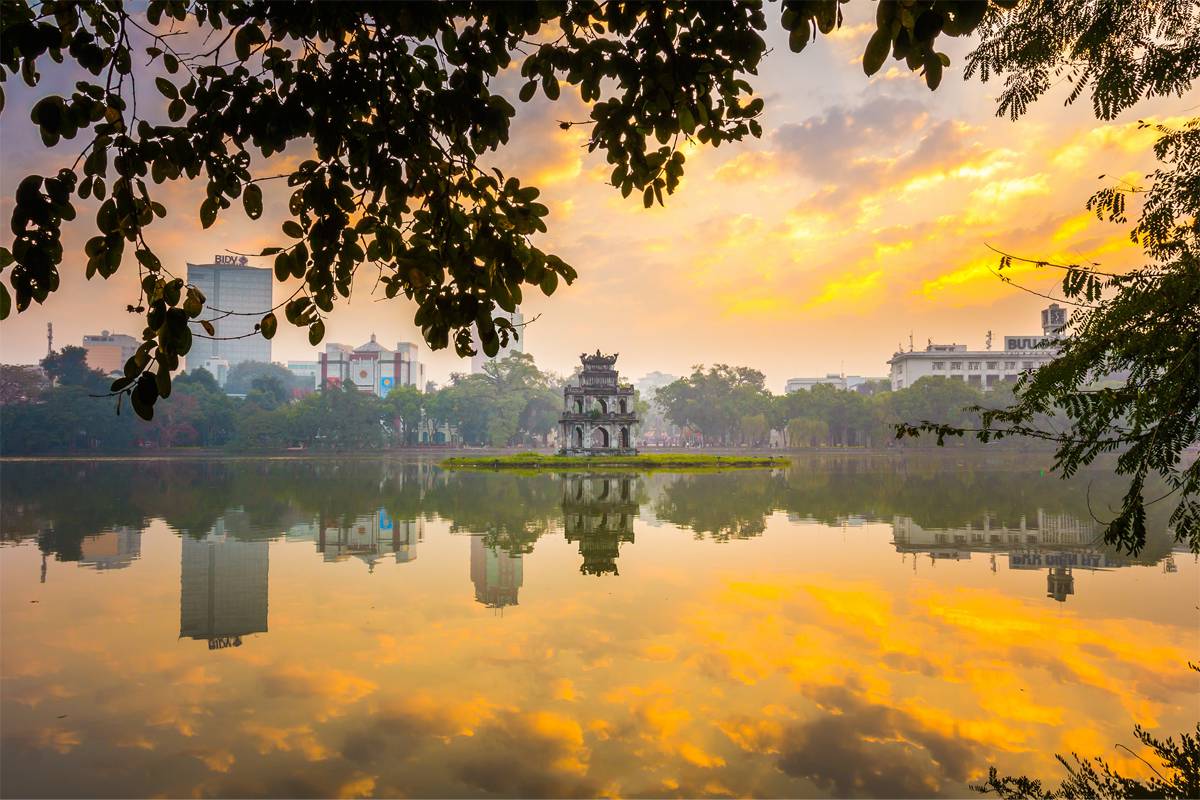
Must-see spots in Ho Chi Minh City
Ho Chi Minh City is a whirlwind of energy and history. The War Remnants Museum is a must-visit for those looking to understand Vietnam’s past. For a more vibrant experience, head to Ben Thanh Market, where you can shop for souvenirs and savor local street food. The Notre Dame Cathedral and Central Post Office, both architectural gems, provide a glimpse into the city’s French colonial history.
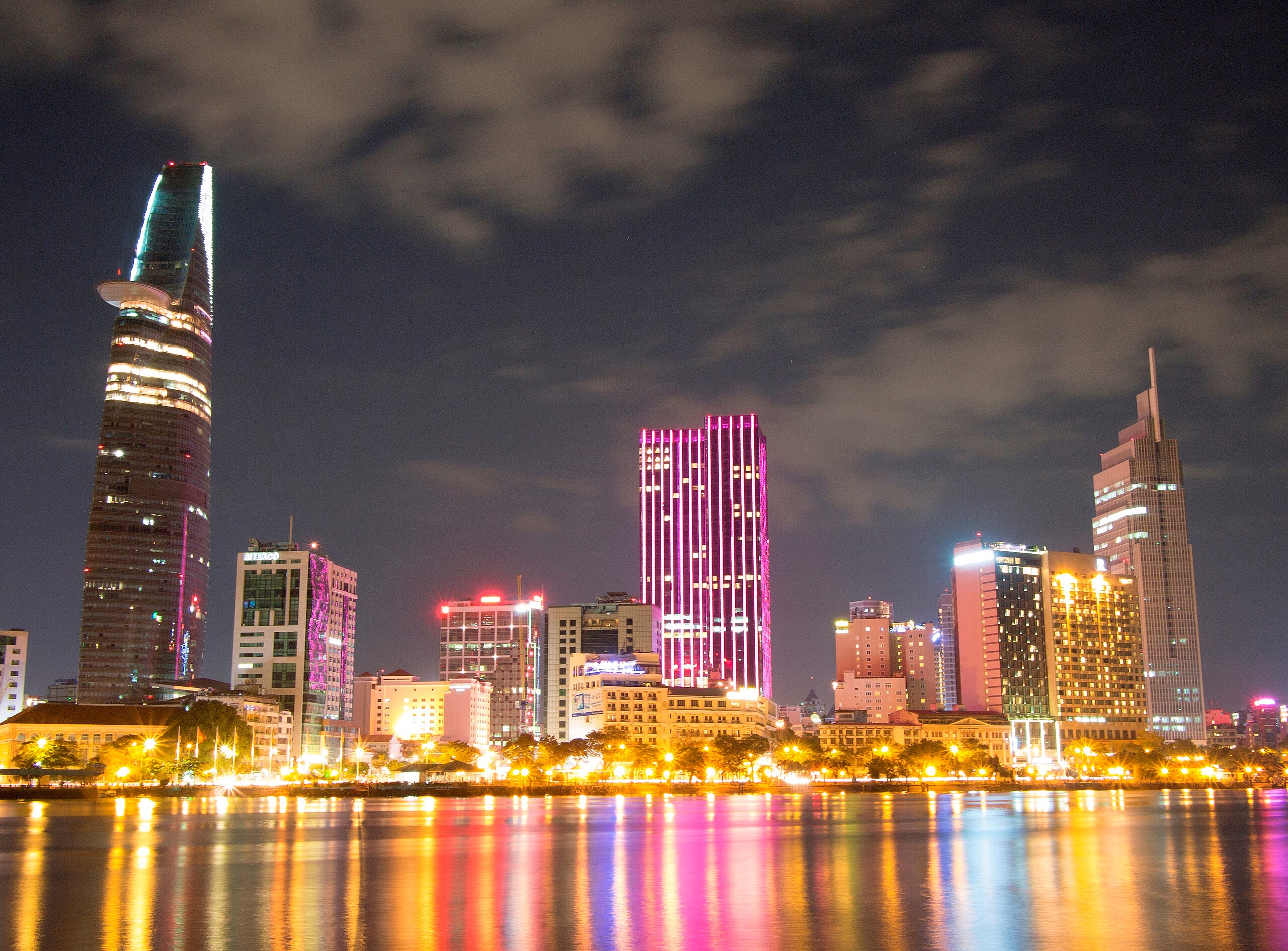
Hidden gems in Da Nang
Da Nang is often overlooked, but it’s a treasure trove of hidden gems. The Marble Mountains, a cluster of limestone and marble hills, are perfect for exploration and stunning views. My Khe Beach, with its golden sands and clear waters, is ideal for relaxation. For something offbeat, check out the Dragon Bridge, which lights up and breathes fire on weekends—a spectacle you won’t want to miss.

Unveiling Vietnam’s natural wonders
The Beauty of Ha Long Bay
Ha Long Bay is often the first name that comes to mind when people think of Vietnam’s natural beauty. This UNESCO World Heritage site is a dreamscape of emerald waters and towering limestone islands. Take a boat cruise to explore the bay’s hidden caves and floating fishing villages. For a quieter but equally stunning experience, consider visiting Lan Ha Bay, a lesser-known but equally beautiful alternative with fewer crowds. Kayaking through its calm waters or lounging on secluded beaches will give you a new appreciation for Vietnam’s coastal charm.

Exploring the Mekong Delta
The Mekong Delta is a vibrant maze of rivers, swamps, and islands in southern Vietnam. This region is famous for its floating markets, where locals sell everything from tropical fruits to freshly caught fish. Rent a small boat to navigate the waterways and visit traditional villages where you can learn about rice paper and coconut candy production. A trip to the delta is not just about the scenery; it’s a chance to connect with a way of life that has remained unchanged for generations.
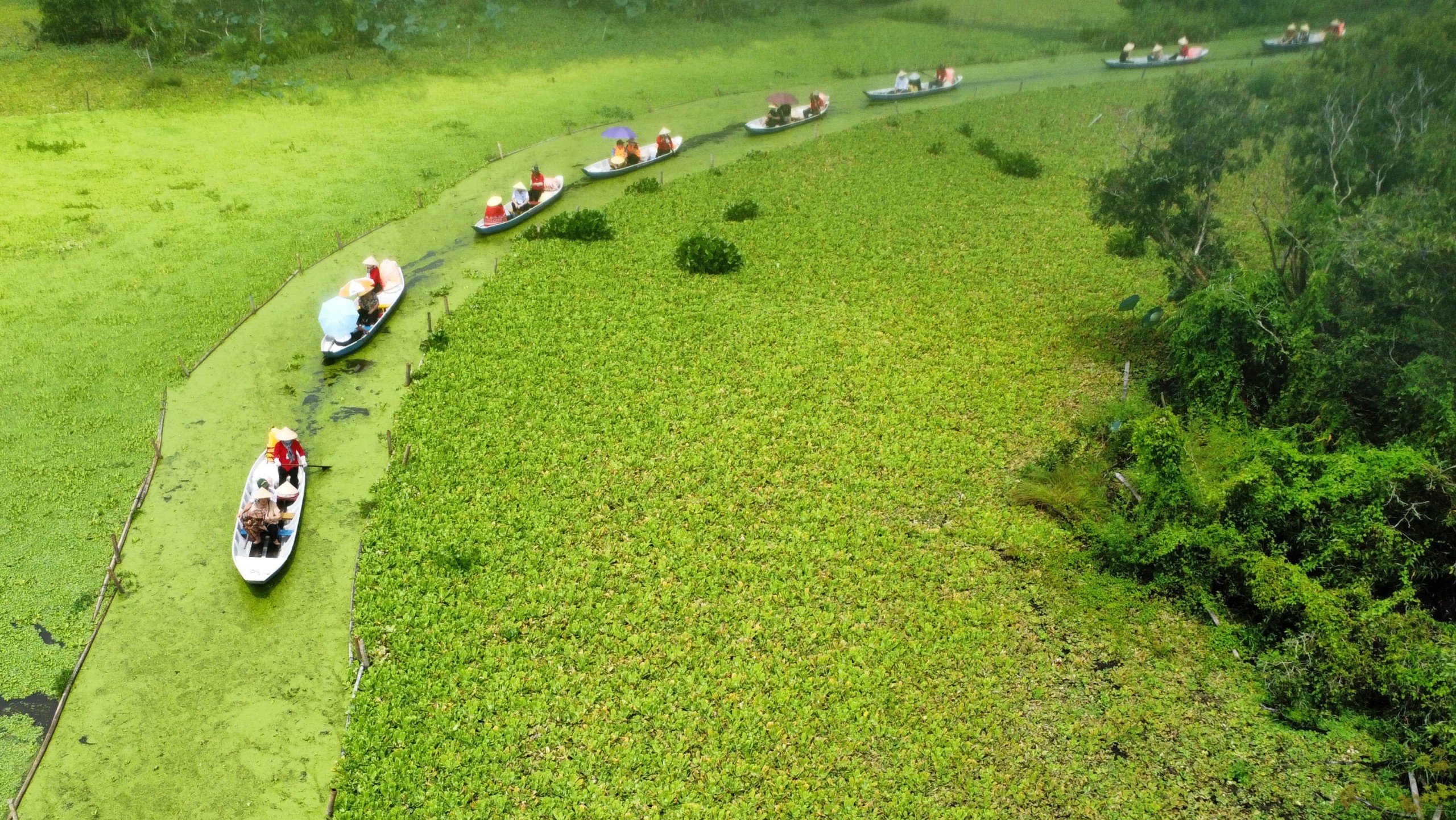
Trekking in Sapa’s Rice Terraces
Nestled in the Tonkinese Alps, Sapa is a haven for adventure seekers and nature lovers. Its terraced rice fields, carved into the mountainsides, are a marvel of both engineering and beauty. Trekking here offers breathtaking views and the opportunity to meet ethnic minority groups like the Hmong and Dao, who have lived in the region for centuries. Whether you’re hiking through lush valleys or staying overnight in a local homestay, Sapa provides a unique window into Vietnam’s rural life.
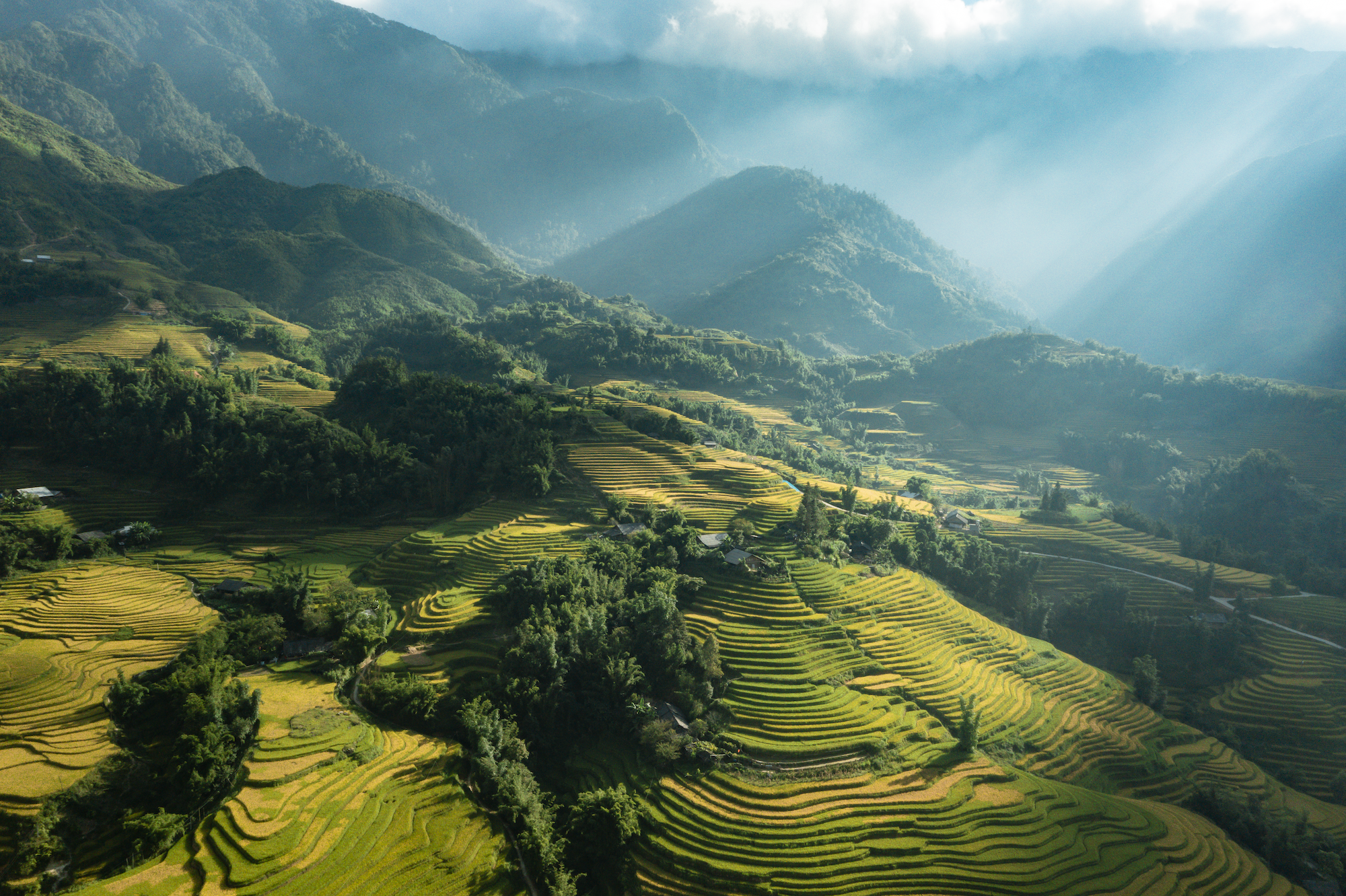
Immersing in Vietnam’s rich culture
Traditional Festivals to Experience
Vietnam’s festival calendar is filled with vibrant celebrations, each offering a unique window into its cultural identity. One of the most anticipated events is the Tet Festival, or Lunar New Year. Streets come alive with colorful decorations, lion dances, and the aroma of traditional foods like bánh chưng. It’s a time for family reunions and honoring ancestors. Another must-see is the Hoi An Lantern Festival, held monthly on the full moon. The ancient town transforms into a glowing spectacle of lanterns, music, and floating candles. Don’t miss the chance to join locals in making your own lantern—a keepsake that holds your wishes.
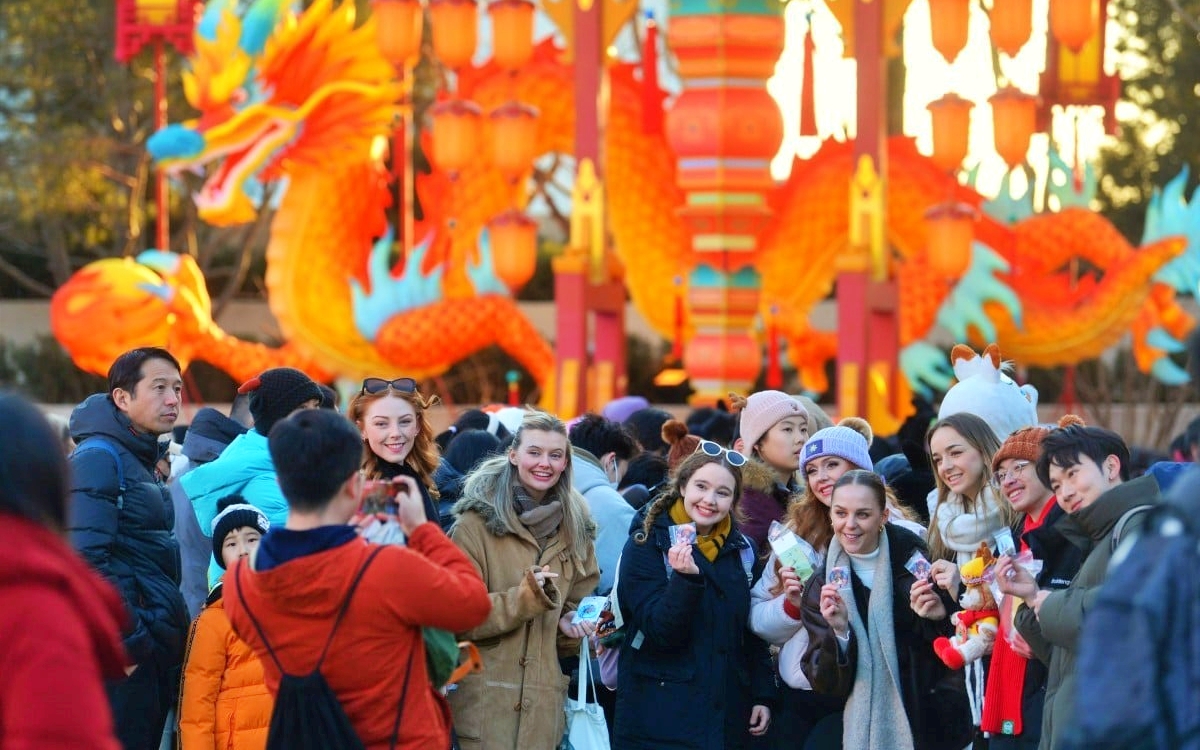
Understanding Local Customs
Vietnamese culture is deeply rooted in respect and community. When visiting someone’s home, it’s customary to remove your shoes at the door. Bowing slightly when greeting elders or offering both hands when giving a gift are small gestures that go a long way. Dining etiquette is also important—wait for the host to invite you to eat and try to sample every dish. Learning a few basic Vietnamese phrases like “xin chào” (hello) or “cảm ơn” (thank you) can also make your interactions more meaningful.
Visiting Historical Landmarks
Vietnam’s history is etched into its landscapes and architecture. The Imperial City of Hue offers a glimpse into the grandeur of the Nguyen Dynasty with its palaces and temples. Hanoi’s Temple of Literature, dedicated to Confucius, is a serene spot that celebrates Vietnam’s scholarly traditions. For a more somber but equally important experience, visit the Cu Chi Tunnels near Ho Chi Minh City to understand the resilience of the Vietnamese people during wartime. Each landmark tells a story, connecting you to the country’s rich heritage.
Savoring Vietnam’s culinary delights
Must-Try Vietnamese Dishes
Vietnamese cuisine is a vibrant tapestry of flavors, textures, and aromas. If there’s one thing you can’t skip in Vietnam, it’s the food. From the comforting warmth of phở to the crispy delight of bánh xèo (sizzling crepes), every dish tells a story of tradition and innovation. Don’t miss out on bún chả, a Hanoi specialty of grilled pork served with rice noodles and fresh herbs, or cao lầu, a unique noodle dish from Hoi An with a smoky, savory broth. And for dessert? Try chè, a sweet soup or pudding made with ingredients like mung beans, coconut milk, and tapioca pearls.
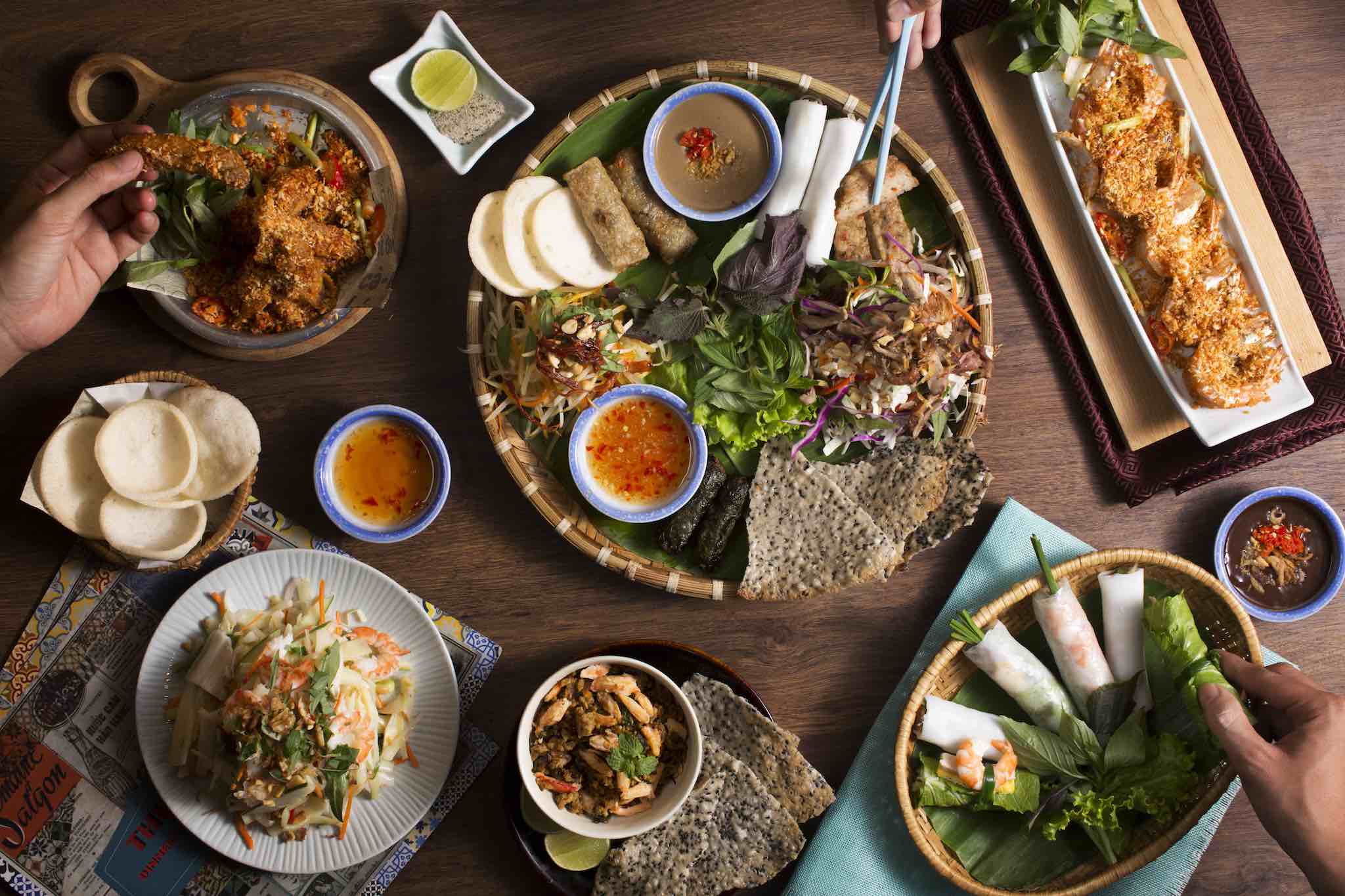
Best Street Food Markets
Street food is the heartbeat of Vietnamese culinary culture. Wander through bustling markets like Ben Thanh Market in Ho Chi Minh City or Dong Xuan Market in Hanoi, where the air is filled with the aroma of grilled meats, fresh herbs, and sizzling woks. These markets are perfect for sampling a variety of dishes in one place. Pro tip: Start with a bowl of hu tieu, a southern noodle soup, and then snack on bánh mì, the iconic Vietnamese sandwich. Don’t forget to wash it all down with a glass of freshly squeezed sugarcane juice.
Cooking Classes for Travelers
Want to bring a piece of Vietnam’s culinary magic home? Sign up for a cooking class. Many cities, like Hoi An and Hanoi, offer hands-on workshops where you’ll learn to make classic dishes like phở or fresh spring rolls. These classes often include a trip to a local market to pick out fresh ingredients, giving you a deeper appreciation for the care and thought that goes into Vietnamese cooking. By the end, you’ll not only have a full belly but also a new skill to impress your friends back home.
- Learn More: Food Safety in Vietnam: A Traveler’s Guide to Eating Safely
Planning your Vietnam itinerary
How to choose the best travel route
Vietnam is a long, narrow country, which makes planning your travel route a bit unique. A common approach is to travel north to south or vice versa, hitting the major cities like Hanoi, Da Nang, and Ho Chi Minh City along the way. For those with limited time, domestic flights can save hours of travel. Alternatively, if you prefer a slower pace, trains and sleeper buses are budget-friendly options. Don’t forget to factor in side trips to places like Ha Long Bay or the Mekong Delta.
Recommended trip durations
How much time do you have? If it’s just a week, focus on one region, like the north (Hanoi, Sapa, Ha Long Bay) or the south (Ho Chi Minh City, Mekong Delta). Two weeks gives you enough time to explore both ends of the country, while three weeks or more allows for a deeper dive into central gems like Hoi An and Hue. Flexibility is key; you’ll want to adjust based on your interests and travel pace.
Seasonal travel tips
Vietnam’s weather varies by region, so timing matters. The north has four seasons, with spring (March to April) and autumn (September to November) being particularly pleasant. The south is warm year-round but has a dry season from November to April. Central Vietnam sees its best weather from February to August. Plan accordingly to avoid heavy rains or extreme heat. For those wanting to beat the crowds, consider visiting during the shoulder seasons when the weather is still good but tourist numbers are lower.
Navigating transportation in Vietnam
Using public transport effectively
Vietnam offers a variety of public transportation options that are both affordable and convenient. Buses are a popular choice for budget-conscious travelers, with routes connecting major cities and even rural areas. In urban hubs like Hanoi and Ho Chi Minh City, local buses operate frequently, though they can get crowded during peak hours. If you’re unfamiliar with the routes, apps like BusMap can be a lifesaver.
For a more comfortable experience, consider taking sleeper buses for long distances. These buses come equipped with reclining seats, making overnight trips manageable and cost-effective. Trains are another excellent option, especially if you want to enjoy scenic views along the way. The Reunification Express, which runs from Hanoi to Ho Chi Minh City, is particularly popular among tourists.
Renting motorbikes and bicycles
For those seeking freedom and adventure, renting a motorbike or bicycle is a fantastic way to explore Vietnam. Motorbikes are widely available for rent in cities and towns, with daily rates typically ranging from $5 to $10. However, it’s crucial to have a valid international driving permit and to wear a helmet at all times. Vietnam’s traffic can be chaotic, so confidence and experience in riding are essential.
If you prefer a slower pace, bicycles are a great alternative, especially in smaller towns like Hoi An or Hue. Many accommodations offer bike rentals, often for free or at a minimal cost. Exploring on two wheels allows you to take in the sights and sounds of Vietnam at your own pace, whether it’s cycling through lush rice paddies or along scenic coastal roads.
Tips for long-distance travel
Traveling long distances in Vietnam requires some planning, but it’s straightforward once you know your options. Sleeper buses and trains are the most common choices, with tickets easily available online or at local stations. For a faster option, domestic flights are relatively affordable and connect major cities like Hanoi, Da Nang, and Ho Chi Minh City.
Another unique way to travel is by boat, particularly in the Mekong Delta. This region offers a network of waterways that provide a glimpse into local life. Ferries and private boat tours are available, catering to both short and extended journeys.
When planning your trip, consider booking tickets a day or two in advance, especially during peak travel seasons. Traveling smartly will ensure you make the most of your journey through Vietnam’s diverse landscapes and vibrant cities.
Finding the perfect accommodation
Budget-Friendly Hostels and Guesthouses
For travelers watching their wallets, Vietnam offers plenty of affordable yet comfortable options. Hostels and guesthouses are ideal for solo adventurers or social butterflies looking to meet fellow travelers. Prices often start as low as $10 per night, and many places include perks like free breakfast or Wi-Fi. If you’re exploring major cities like Hanoi or Ho Chi Minh City, you’ll find countless budget-friendly accommodations conveniently located near popular attractions. For a more unique experience, consider staying in a family-run guesthouse in a rural area where you can get a taste of local life.
Mid-Range Hotels with Great Value
Travelers seeking a balance between cost and comfort will find Vietnam’s mid-range hotels to be a sweet spot. These hotels, often priced between $30 and $80 per night, offer amenities like air conditioning, on-site dining, and even pools in some cases. Boutique hotels in cities like Da Nang or Hue combine charm with modern convenience, making them a great choice for couples or families. When booking, check reviews to ensure the property lives up to its promise of quality and value.
Luxury Stays for a Lavish Experience
If indulgence is what you’re after, Vietnam’s luxury accommodations won’t disappoint. From five-star hotels in Ho Chi Minh City to serene beachfront resorts in Phu Quoc, these options start around $100 per night and can go upwards depending on the level of opulence. Expect world-class service, stunning views, and facilities like spas, infinity pools, and fine dining restaurants. For a truly memorable stay, consider properties that blend luxury with local culture, such as those offering traditional Vietnamese architecture or cuisine. Check out our guide to 10 of the best hotels in Vietnam for inspiration.
Traveling Vietnam on a budget
Saving on Food and Drinks
Vietnam is a haven for food lovers, and you don’t need to spend a fortune to enjoy its culinary scene. Street food is where the magic happens, offering delicious meals for as little as $1-2. Try dishes like banh mi, pho, or bun cha from local vendors. For drinks, stick to local beer (bia hoi) or Vietnamese coffee, which are both tasty and budget-friendly. If you’re staying in one place for a while, consider grocery shopping at local markets for snacks and simple meals.
Affordable Sightseeing Options
Exploring Vietnam doesn’t have to cost a lot. Many attractions, like temples and historical sites, have entrance fees of just a few dollars. Nature lovers can enjoy free or low-cost activities like hiking in national parks or relaxing on public beaches. Group tours are another great way to save money while visiting popular destinations like Ha Long Bay or the Cu Chi Tunnels.
Tips for Negotiating Prices
Haggling is a common practice in Vietnam, especially at markets and with street vendors. Start by offering about half the asking price and work your way up. Always stay polite and smile—it goes a long way. For transportation, agree on a fare before hopping into a taxi or motorbike. Apps like Grab can help you avoid overpaying altogether. For a detailed breakdown of costs, check out this budget breakdown to plan your trip effectively.
Staying safe and healthy in Vietnam
Common Travel Scams to Avoid
Vietnam is generally a safe destination, but like anywhere, there are scams to watch out for. One common scam is overcharging tourists, whether it’s for taxi rides, souvenirs, or street food. To avoid this, always agree on prices beforehand or use ride-hailing apps like Grab for transparency. Another scam involves fake travel agencies offering tours or tickets. When booking, stick to reputable agencies or check reviews online. Lastly, be cautious of overly friendly strangers inviting you to bars or cafes—these can sometimes lead to inflated bills.
Health Tips for a Worry-Free Trip
Staying healthy in Vietnam is all about preparation and awareness. Start by drinking bottled water only—tap water isn’t safe for consumption. When it comes to food, stick to busy street food stalls or restaurants where you can see the cooking process. This minimizes the risk of foodborne illnesses. Don’t forget to pack sunscreen and insect repellent, especially if you’re heading to rural areas. If you’re trekking or visiting remote regions, consider bringing a small first-aid kit with bandages, antiseptic, and any personal medications.
Emergency Contacts and Resources
It’s always good to have emergency numbers handy while traveling. In Vietnam, dial 113 for police, 114 for fire emergencies, and 115 for medical assistance. Save the contact details of your country’s embassy or consulate in case you need urgent assistance. Travel insurance is another must—ensure it covers medical emergencies and evacuation. For minor health issues, pharmacies are widely available and staff are usually helpful. Carry a translated note of your condition or medication if needed. Staying informed and prepared goes a long way in ensuring a safe trip.
Capturing unforgettable memories
Best photography spots
Vietnam offers countless breathtaking landscapes and vibrant cityscapes that are perfect for photography enthusiasts. Whether you’re capturing the emerald waters of Ha Long Bay or the bustling streets of Hanoi, there’s no shortage of inspiration. For a unique angle, head to the Golden Bridge in Da Nang during sunrise—it’s a surreal experience. If you’re in Hoi An, the lantern-lit evenings are a dream for photographers. Remember, the best shots often come when you explore less crowded areas.
Souvenir shopping tips
Bringing home a piece of Vietnam is a great way to remember your journey. Look for handmade items like lacquerware, silk scarves, and ceramics in local markets. Ben Thanh Market in Ho Chi Minh City and Dong Xuan Market in Hanoi are excellent places to start. Don’t forget to bargain politely—it’s part of the culture and can make shopping more fun. Always check for quality, especially when buying delicate items.
Participating in local workshops
Dive deeper into Vietnam’s culture by joining local workshops. Try your hand at traditional pottery-making in Bat Trang Village or learn the art of lantern crafting in Hoi An. These hands-on experiences are not only memorable but also give you a personal connection to the places you visit. Plus, you’ll have a unique keepsake to bring home, made by you!
Eco-friendly travel in Vietnam
Sustainable tourism practices
Vietnam is stepping up its game when it comes to eco-friendly tourism. From limiting single-use plastics to promoting green tours, the country is making strides to protect its natural beauty. Travelers can contribute by choosing operators that prioritize environmental responsibility. Look for tour companies that use electric boats or organize small-group experiences to minimize their impact. Carry a reusable water bottle and avoid buying products made from endangered wildlife or plants.
Eco-lodges and green stays
For accommodation, Vietnam offers a growing number of eco-lodges and sustainable stays. These places often use renewable energy, recycle waste, and support local communities. For instance, some lodges in the Mekong Delta are built using natural materials and serve farm-to-table meals. Staying at such places not only reduces your carbon footprint but also supports businesses that care for the environment. Consider booking early, as these accommodations are often in high demand.
Supporting local communities
Responsible travel goes beyond the environment—it’s about people, too. Opt for tours that highlight community-based tourism, where your visit directly benefits local families. Whether it’s learning traditional crafts in a rural village or dining at restaurants that employ underprivileged youth, your choices can make a big difference. Explore sustainable travel options in Vietnam to find experiences that are both meaningful and impactful.
Wrapping Up Your Vietnam Adventure
Vietnam is one of those places that sticks with you long after you’ve left. From the vibrant cities to the peaceful countryside, every corner has its own story to tell. Whether you’re slurping a bowl of pho on a bustling street or watching the sunrise over Ha Long Bay, the memories you make here will be worth every moment. So pack your bags, keep an open mind, and get ready to explore a country that’s as welcoming as it is unforgettable. Safe travels!

